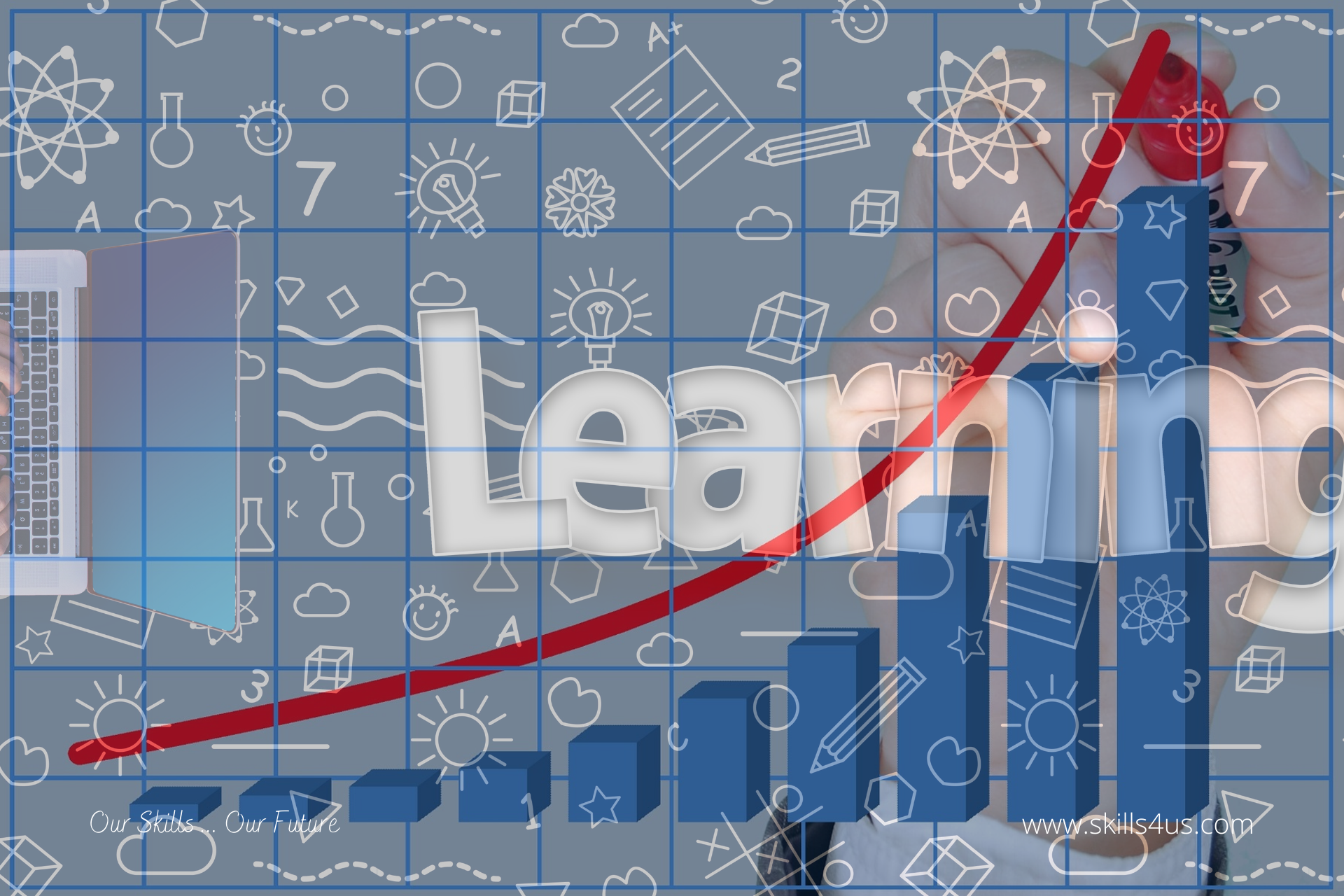L&D programs are part of the planned learning activities of an organization to improve overall performance and efficiency, motivate employees and meet organizational needs. By measuring the effectiveness of L&D programs, organizations can better measure ROI. Moreover, many models for measuring the effectiveness of L&D programs determine how much employees adapt to these programs and how useful they are.
How Effective are the L&D Programs?
The importance of effective L&D programs relates to employees, as they are fundamentally eager for learning, growth, and development opportunities. Helping employees learn quickly and keep iterating on their set of skills and knowledge helps you keep them motivated and engaged. When employees feel they work in a culture that supports and enhances their career growth. They are more likely to feel fulfilled at work, which can help the organization retain top talent.
High-performing employees want to keep improving. And know that the more skills they have, the more likely they are to advance. Moreover, effective L&D programs maintain good employees in the organization. Thus they will want to stay for the next opportunity to grow rather than look for a new job that offers development.
As a successful business leader, if you identify skill gaps in your employees. Then create programs to fill those gaps and develop those skills, you make a team that is well-equipped to move the organization toward its goals. Accordingly, effective L&D programs must be a significant component of an organization’s human resources strategy. Effective consideration, L&D programs must meet specific criteria, the most important of which are:
Applying the knowledge and skills acquired by employees during the program to their roles.
- Improvement in work performance after completing the program.
- A significant increase in the organization’s ROI.
- Models for measuring the effectiveness of L&D programs.
Following a few standard and validated models for measuring the effectiveness L&D programs:
1. Kirkpatrick’s Model
This globally recognized model assesses the L&D program based on four levels. These include:
- Reaction: At this level, the evaluation of participant’s response, and the analysis depends on the participant’s perception of the program’s objectives, its materials, the importance of the content, and the trainer’s knowledge.
- Learning: At this level, the assessment takes place through interviews or reviews and research on the information retained by the participants.
- Behavior: At this level, the behavioral changes of the participant are evaluated after completing the program.
- Results: At this level is the evaluation that measures the program’s effectiveness based on whether it has achieved its objective. This can be measured by conducting interviews or focus groups.
2. Kauffman’s Model
Evaluation through this form aims to obtain information about the learner’s view of the L&D program. The five levels include input, process, acquisition, application, organizational rewards, and societal outcomes. This method adds a fifth level to Kirkpatrick’s model that looks at the program’s benefits to society and the organization.
3. Anderson’s Model
Using Anderson’s model, the L&D program is evaluated in three phases to assess effectiveness at the organizational level and not at the individual level. In the first stage, it is evaluated whether the L&D of the organization aligns with its strategic priorities.
In the next step, evaluate the effectiveness of L&D concerning the strategic objectives. Finally, an appropriate approach can be understood for the organization’s overall goals based on the four factors: ROI, return on evaluation, performance against competitors, and program efficiency.
4. Phillips’ ROI Model
The Phillips ROI model can be compared to the Kirkpatrick model, but it has some modifications. Levels one and two are similar to Kirkpatrick’s model. However, at the third level, Phillips’ model examines whether and how employees use what they learn. This extra step in Phillips’ ROI model helps identify other factors likely to hinder employee progress. At the fourth level, the Phillips ROI model extends the idea to verify the outcome and investigates the relevant factors that may be responsible for it.
At the final level, the ROI is analyzed from the Phillips ROI model, incorporating a cost-benefit analysis to estimate the value of L&D. By calculating benefits and expenses, organizations can gain an accurate understanding of the value of L&D. This level can benefit decision-makers in justifying the costs of L&D programs.
L&D programs are essential in promoting employee and organizational growth. Now that we know how to put together an effective L&D program, all you need to do, as a future successful manager, is put these steps into practice and watch your team and business grow and thrive.
